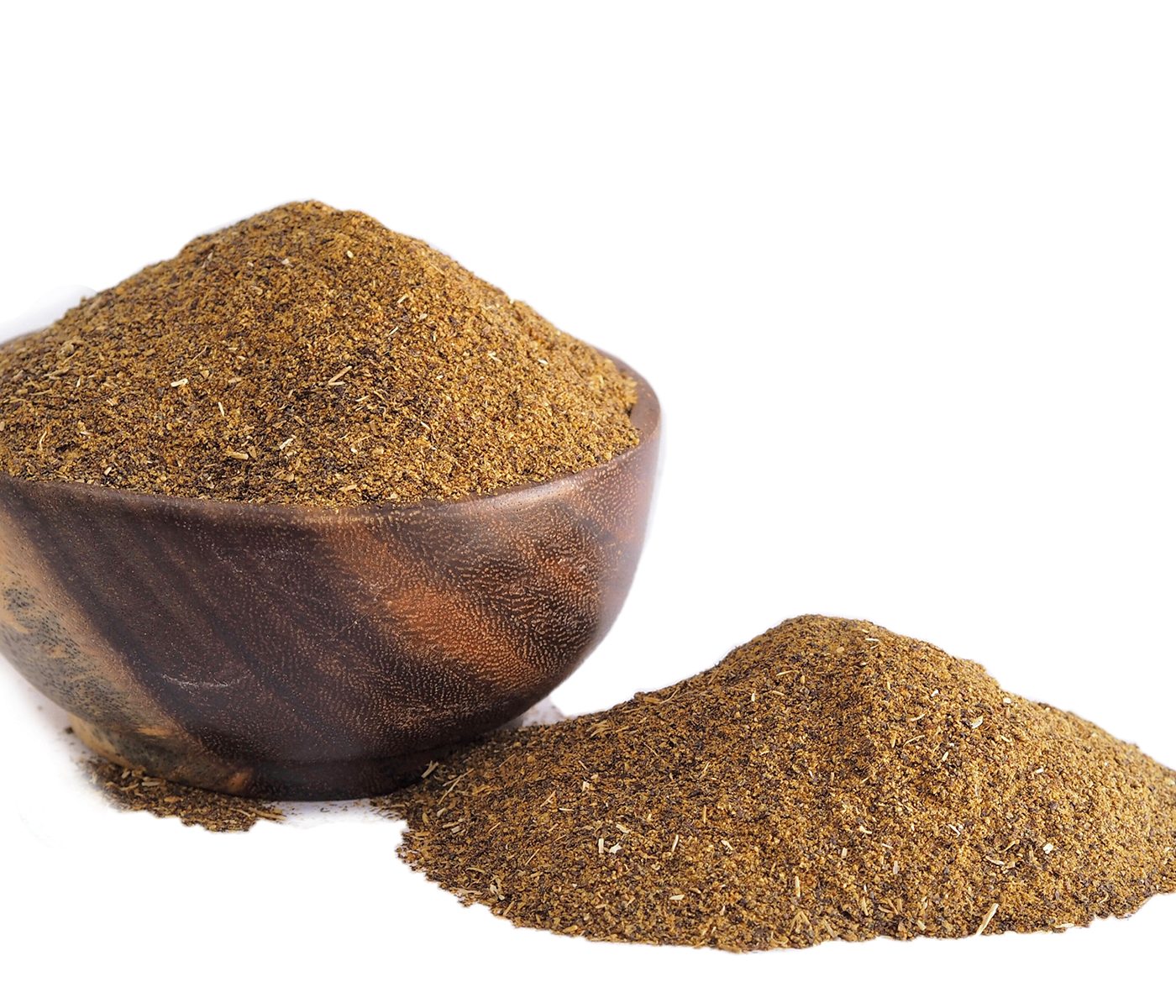Definition & classification
Processed animal proteins (PAPs) are ingredients derived exclusively from category 3 animal by-products (ABP’s)
PAPs include any healthy animal part which is not used to produce food for human consumption.
The use of animal protein in feed from non-ruminant animals was reauthorized on 17 August 2021. With the the publication of a Regulation that relaxed the ban on proteins from animal origin in feed (Regulation (EU) 2021/1372)/ after 20 years of prohibition (Regulation (EU) 999/2001).
In aquaculture, this reauthorization has been in force since 2013.
In ruminants, the use of this type of ingredient is still prohibited.
The new regulation establishes strict conditions under which these ingredients can be used in pig and poultry feed. Aiming to:
Ensure compliance with the ban on intraspecific recycling (i.e. avoid cannibalism)
Avoid cross-contamination and favor traceability
Facilitate official controls on feed
In this sense, the Regulation adopted on August 17 authorizes the use of PAPs derived from pigs only in poultry feed and the use of PAPs derived from poultry in pig feed.
PAPs are ingredients with a high protein content (45-70%) of high biological value, which can be superior to other protein sources such as:
Soybean meal
Rapeseed meal
And legumes
In addition, they are a source of local protein, produced in Europe, which gives it added value in terms of sustainability and sovereignty.
The “Catalogue of raw materials” (Regulation (EU) 68/2013) classifies processed animal protein in section “9. Products from terrestrial animals and their derived products” (Table 1).
Table 1. Description of processed animal protein according to the Catalogue of Raw Materials (Regulation (EU) 68/2013).
It is mandatory to declare protein, fat and ash contents.
Procurement process
These ingredients must be treated in accordance with Section 1 Chapter II, Annex X of Regulation (EU) No 142/2011 during their procurement process.
In general, these products must undergo procedures that combine temperature and pressure for a certain time to achieve adequate sanitation of the product.
Chemical composition and nutritional value
By their definition, it is expected that new PAPs present high variability due to their origin. Considering that they may contain any part of the animal.
⇒ There is still very little information regarding this variability and its possible cl...










